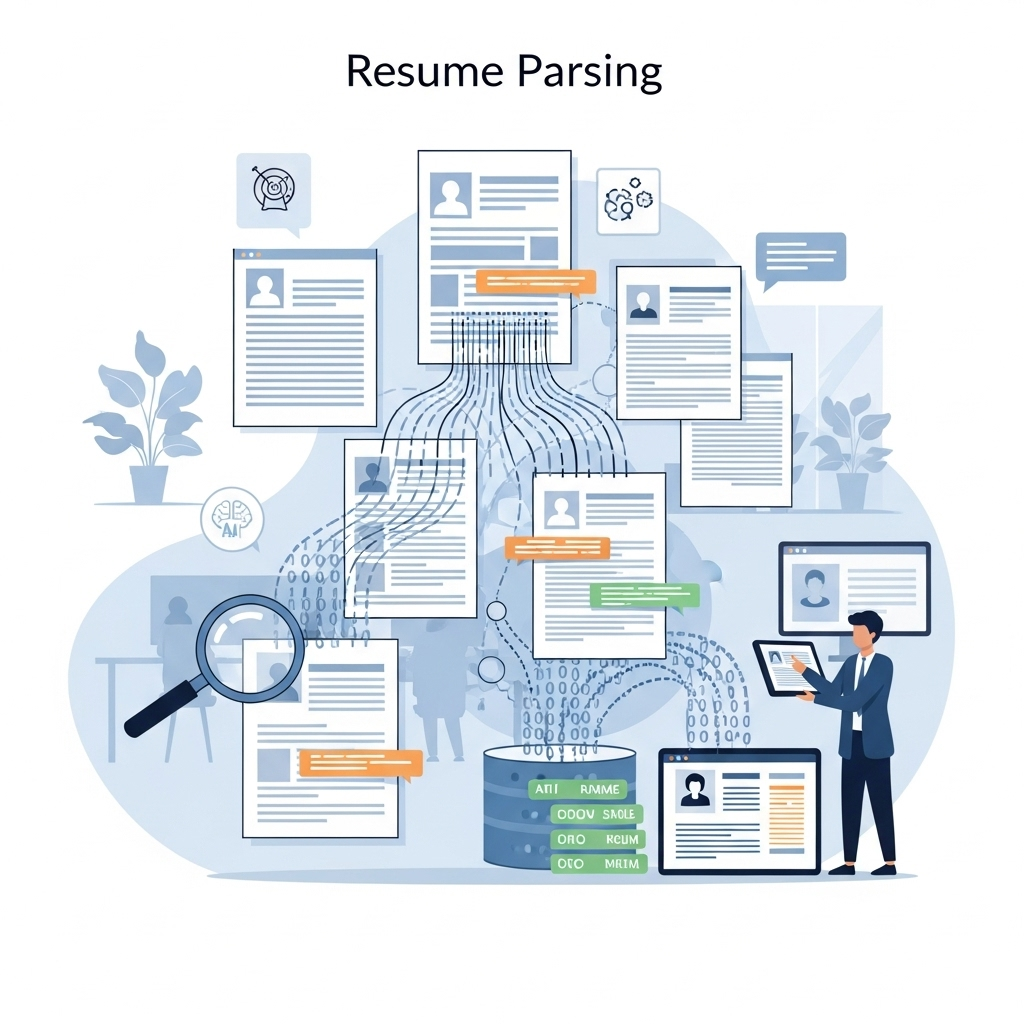Definition
A flexible work schedule is a dynamic work arrangement that enables employees to tailor their working hours according to their personal lives while still fulfilling job responsibilities. This approach is designed to promote a healthier work-life balance and enhance productivity by allowing individuals to work during hours that best suit their personal and professional needs.
Key Components
Several elements make up a flexible work schedule. Understanding these components can help you navigate and implement this arrangement effectively.
- Flextime: This option lets employees select their start and end times. For instance, some may prefer to start work at 7 AM and leave earlier, while others might thrive with a 10 AM start. As long as they meet the required hours, the choice is theirs.
- Compressed Workweek: This arrangement allows employees to work longer days for fewer days. For example, an employee might opt for four 10-hour days instead of the traditional five 8-hour days, giving them a long weekend every week.
- Job Sharing: Ideal for two part-time workers, job sharing splits one full-time position between them. This arrangement can provide flexibility for both, allowing them to manage personal commitments while still contributing to the company.
- Remote Work: More popular than ever, this option allows employees to work from home or any location outside the office. It can enhance productivity by reducing commuting time and offering a comfortable work environment.
- Part-Time Work: Part-time employees typically work fewer hours than full-time staff and often enjoy greater flexibility in their schedules. This arrangement is ideal for individuals balancing work with education or family responsibilities.
Importance in the Workplace
Flexible work schedules are increasingly vital in today’s workplace. They not only cater to employees’ varied lifestyles and commitments but also foster a more engaged and motivated workforce. Imagine a parent who can adjust their hours to attend school events or a caregiver who can manage their responsibilities more effectively. When employees feel supported, they tend to be more productive and loyal to the company. Additionally, organizations that implement flexible schedules often experience lower turnover rates and higher job satisfaction.
Best Practices
Implementing a flexible work schedule can be beneficial, but it’s essential to approach it thoughtfully. Here are some best practices to consider:
- Clear Communication: Open dialogue is crucial. Ensure that your team understands the flexible work policies and how they can benefit from them. Regular check-ins can help maintain transparency and address any concerns.
- Set Clear Expectations: While flexibility is key, it’s important to define what success looks like. Establish specific goals and deadlines to ensure that work remains on track, regardless of when it’s being done.
- Utilize Technology: Invest in tools that facilitate remote work and collaboration. Platforms like Slack, Zoom, and project management software can help teams stay connected and organized, no matter where they are working from.
- Encourage Work-Life Balance: Promote the idea that taking breaks and disconnecting after hours is important. Encourage employees to set boundaries and respect each other’s time, fostering a culture of balance.
- Regular Feedback: Gather feedback from employees about their experiences with flexible schedules. This can help you tweak policies to better meet their needs and improve overall satisfaction.
Legal Considerations
When implementing flexible work schedules, it’s important to consider relevant legal aspects. Labor laws can vary by location, so ensure compliance with regulations regarding work hours, overtime pay, and employee rights. For example, in some jurisdictions, employees may be entitled to overtime pay if they exceed a certain number of hours in a week, even under a flexible schedule. Consulting with an HR professional or legal advisor can help you navigate these complexities and ensure your policies are sound.
Conclusion
Understanding flexible work schedules is essential for both employers and employees in today’s evolving workplace landscape. By embracing this approach, you can create a more adaptable and satisfied workforce that thrives in a balanced environment. Remember, flexibility can lead to increased productivity, improved morale, and a happier workplace overall. So take the time to evaluate how you can implement or enhance flexible work arrangements in your organization—you might be surprised by the positive impact it can have!




